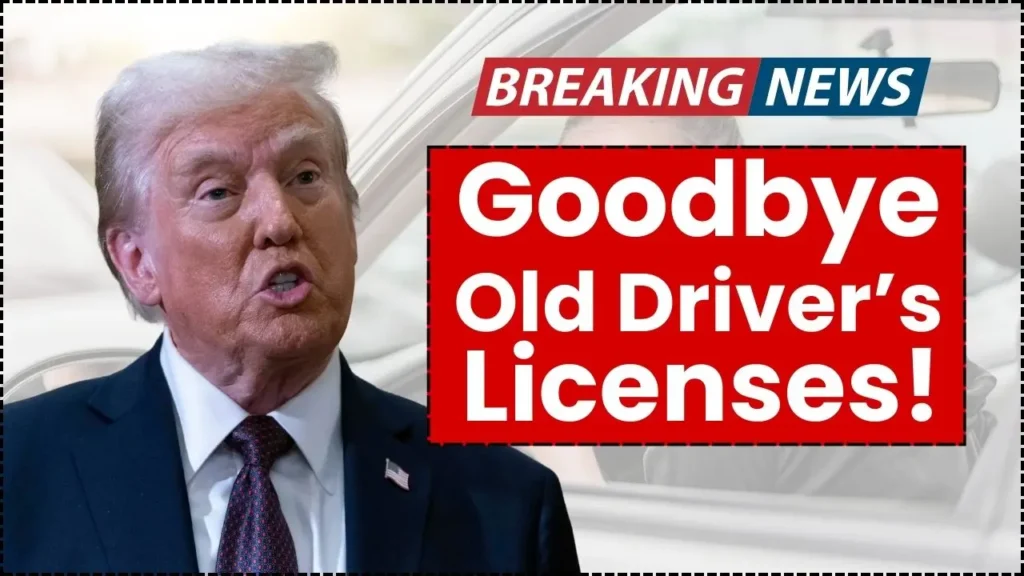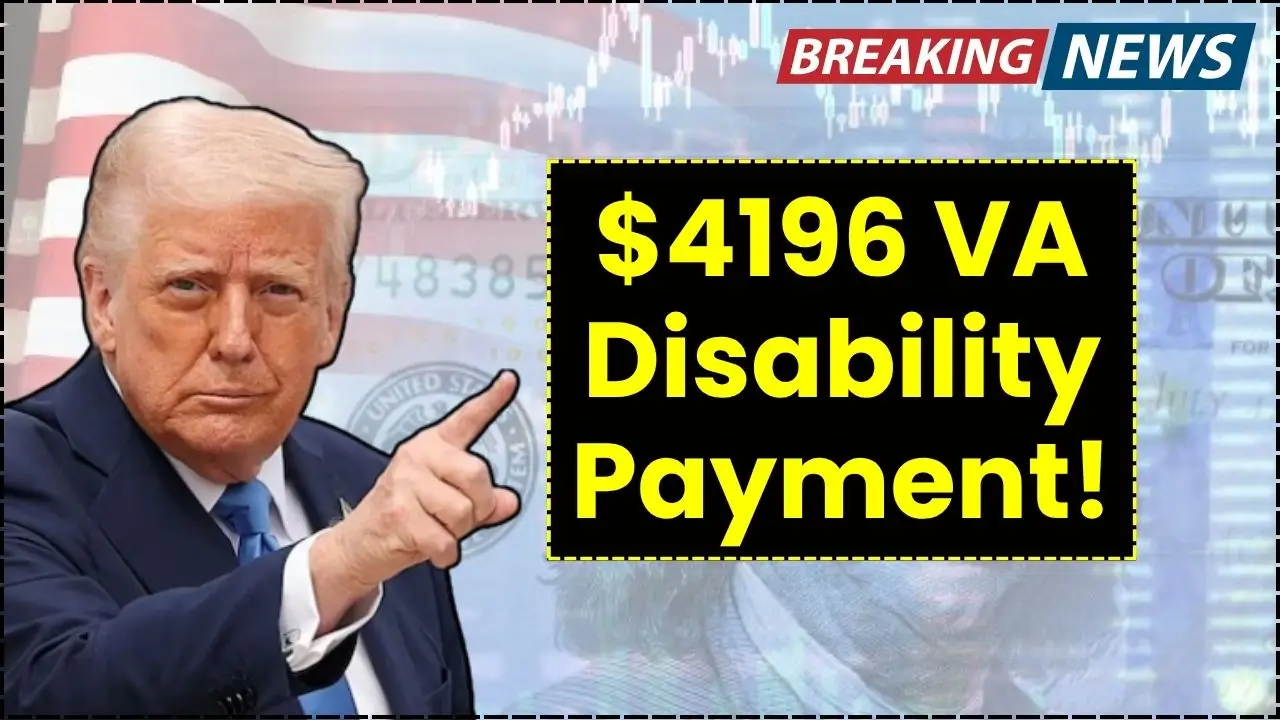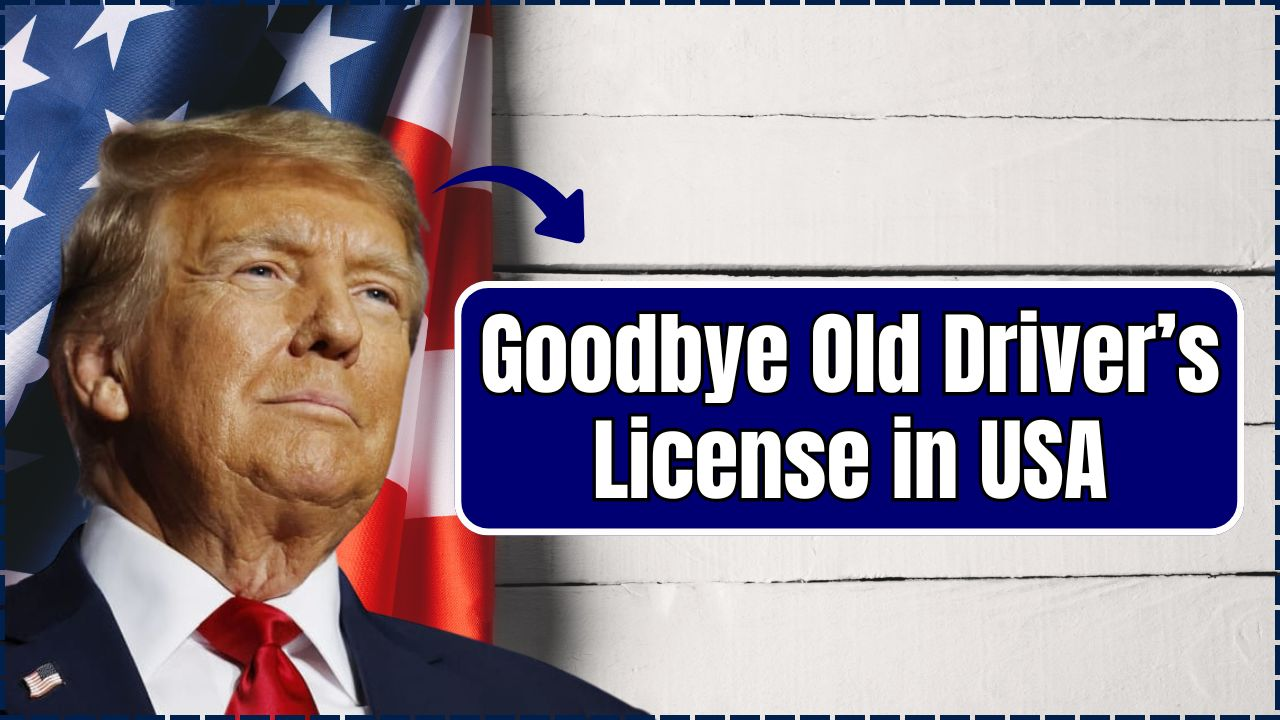The clock is ticking on traditional driver’s licenses in the United States, and it’s time to pay attention. A major federal change is rendering older licenses obsolete for certain crucial purposes, and the deadline is closer than you think. While the idea of saying goodbye to old driver’s licenses in the USA might seem like a distant concern, ignoring this shift could leave you grounded from domestic flights and facing potential state-level penalties. This isn’t just about a new piece of plastic; it’s a nationwide move toward more secure identification. As we prepare for this final goodbye to old driver’s licenses in the USA, understanding what’s required is essential to avoid any last-minute surprises.

The transition away from older forms of state-issued IDs is mandated by the REAL ID Act, a federal law designed to enhance security standards across the nation. The core of this change means that by May 7, 2025, your standard, non-compliant driver’s license will no longer be accepted for boarding domestic flights or entering certain federal buildings. This move signifies a major step in standardizing identification to prevent fraud and improve safety. While many have heard rumors of a steep $500 fine, it’s important to clarify that this is not a federal penalty but rather a potential consequence at the state level for having an invalid license. The upcoming deadline makes it critical for every American to check their current ID and take action if needed.
Goodbye to Old Driver’s Licenses in the USA
| Overview | Details |
|---|---|
| Primary Regulation | REAL ID Act |
| Key Deadline | May 7, 2025 |
| Main Impact | Standard driver’s licenses will no longer be accepted for domestic air travel or entry into certain federal facilities after the deadline. |
| How to Comply | Obtain a REAL ID-compliant license from your state’s DMV, identifiable by a star marking. |
| Associated Penalties | There is no federal fine for not having a REAL ID. However, states have their own penalties for expired or invalid licenses, which can range from small fees to several hundred dollars. |
| Senior Driver Rules | Separate regulations taking effect in September 2025 will require drivers aged 70 and older to undergo new renewal tests, such as vision and reaction screenings. |
What is the REAL ID Act?
- At its core, the REAL ID Act is a federal law passed in 2005 based on the 9/11 Commission’s recommendation to create more secure and reliable forms of personal identification. It establishes a minimum set of security standards for state-issued driver’s licenses and ID cards. It doesn’t create a national identification card, but it does mean that federal agencies, like the TSA, are prohibited from accepting licenses from states that don’t meet these standards for official purposes.
- To put it simply, if you want to use your driver’s license to fly domestically or enter a secure federal facility (like a military base) after the deadline, it must be REAL ID compliant. You can easily tell if you have one by looking for a star in the top portion of the card. This star signifies that your identity has been verified against a stricter set of documentation. The official goodbye to old driver’s licenses in the USA for federal purposes is a direct result of this act.
The Critical Deadline: May 7, 2025
Mark your calendar: May 7, 2025. This is the final enforcement date for the REAL ID Act. The date has been pushed back several times, but federal agencies have made it clear that this deadline is firm. Starting on this day, TSA officers will not allow travelers with non-compliant licenses past security checkpoints for domestic flights. It’s crucial to understand that your old license won’t suddenly become invalid for driving or proving your age; it just won’t be accepted as a valid federal ID. This deadline solidifies the national farewell and goodbye to old driver’s licenses in the USA for air travel.
The Truth About the $500 Fine
- The viral claim of a $500 fine has caused a lot of confusion, so let’s clear it up. There is no federal $500 fine for not having a REAL ID. The REAL ID Act is about setting standards for identification, not penalizing citizens who choose not to get one. However, the confusion likely stems from the fact that state laws impose penalties for driving with an expired or invalid license, and these fines can be significant.
- For example, if you let your license expire completely, some states can issue hefty fines. In New York, driving with a license expired for more than 60 days can cost you up to $300. In other states, failing to update your address on your license can also result in a fine. The $500 figure is more of a cautionary tale than a hard rule, but it underscores the importance of keeping your license current and compliant. The penalties are real, even if the $500 number isn’t a federal mandate. This is a key part of the conversation around the goodbye to old driver’s licenses in the USA.
How to Get Your REAL ID
Upgrading to a REAL ID is not difficult, but it does require some planning. The most important thing to know is that you must apply for your first REAL ID in person at a DMV office. You cannot complete the initial process online because your documents must be physically verified. To ensure a smooth visit, gather your documents ahead of time. While requirements can vary slightly by state, you will generally need:
- Proof of U.S. Citizenship or Lawful Presence: A certified U.S. birth certificate, a valid U.S. passport, or a Permanent Resident Card.
- Proof of Your Social Security Number: Your Social Security card or a recent W-2 form.
- Two Documents Proving Residency: Items like a recent utility bill, mortgage statement, or rental agreement showing your current address.
Given the looming deadline, DMVs are expecting high volumes of applications. It’s a smart move to visit your state’s DMV website, confirm the exact documents needed, and schedule an appointment as soon as possible. Planning ahead is the best way to handle the nationwide goodbye to old driver’s licenses in the USA.
Is a REAL ID Mandatory?
No, a REAL ID is not mandatory for every resident. The law doesn’t require you to get one. However, if you plan to fly domestically or enter secure federal facilities and want to use your driver’s license as your ID, then a REAL ID is essential. If you don’t get a REAL ID, you can still use other acceptable forms of identification for federal purposes, such as:
- A valid U.S. passport or passport card
- A DHS Trusted Traveler card (like Global Entry)
- A U.S. military ID
If you don’t fly and don’t need to access federal buildings, your standard license will remain perfectly valid for driving and other everyday uses. The choice is yours, but it’s vital to make an informed decision as we say goodbye to old driver’s licenses in the USA for federal use.
New Rules for Senior Drivers
In addition to the REAL ID changes, there are also new rules specifically for senior drivers taking effect in September 2025. These regulations are aimed at enhancing road safety by ensuring older drivers can still operate a vehicle safely. The new renewal requirements are tiered by age:
- Ages 70–79: Will need to pass vision and reaction tests to renew their license.
- Ages 80–86: Must renew in person every few years and may undergo a more detailed assessment of their driving abilities.
- Age 87 and Over: Will require an annual road test and medical clearance for renewal.
These new measures reflect an effort to balance the independence that driving provides with public safety. The implementation will vary by state, as some, like California and Florida, already have stricter renewal policies for seniors. This adds another layer to the ongoing changes in driver licensing.
U.S New Driving Licence Rules from 1st Oct 2025: How to Stay Safe? Check Details
FAQs on Goodbye to Old Driver’s Licenses in the USA
Yes. A standard, non-compliant license will still be valid for driving, proving your age, and other non-federal purposes as long as it is not expired. The REAL ID requirement only applies to federal purposes like domestic air travel.
After May 7, 2025, the TSA will not accept a standard license for security screening. You will be required to show another acceptable form of ID, such as a U.S. passport, or you will not be allowed to board your flight.
No, there is no federal fine for not obtaining a REAL ID. The fines discussed are related to state-level penalties for driving with an expired or otherwise invalid license, which can vary significantly by state.
You cannot obtain your first REAL ID online. Your initial application requires an in-person visit to a DMV office to have your identity and residency documents verified. Subsequent renewals may be available online in some states.
The easiest way to identify a REAL ID-compliant license is by the star marking located in the upper portion of the card. If your license does not have this star, it is not compliant.













 Claim Here!
Claim Here!